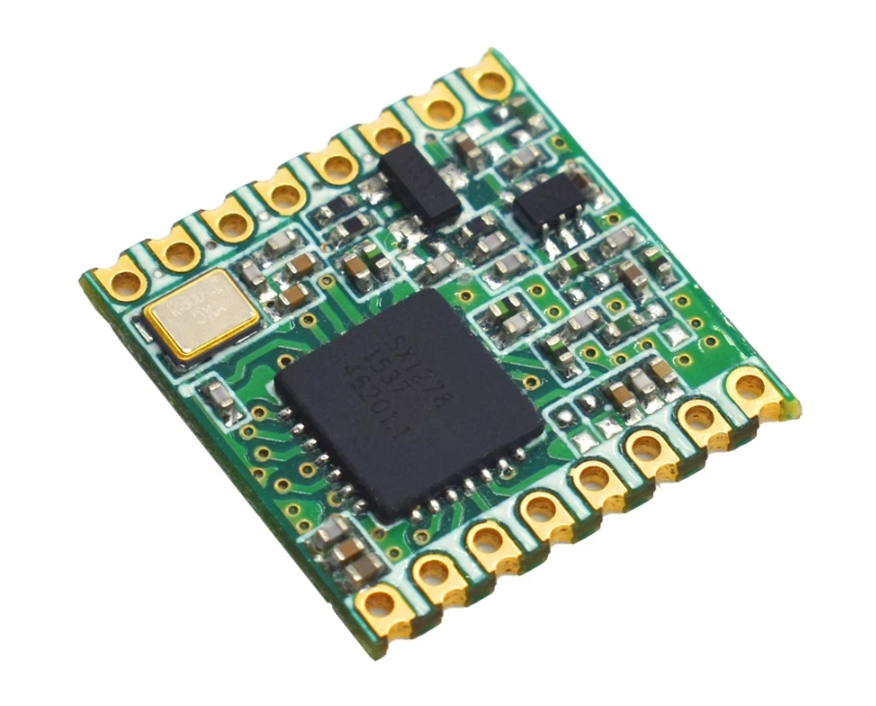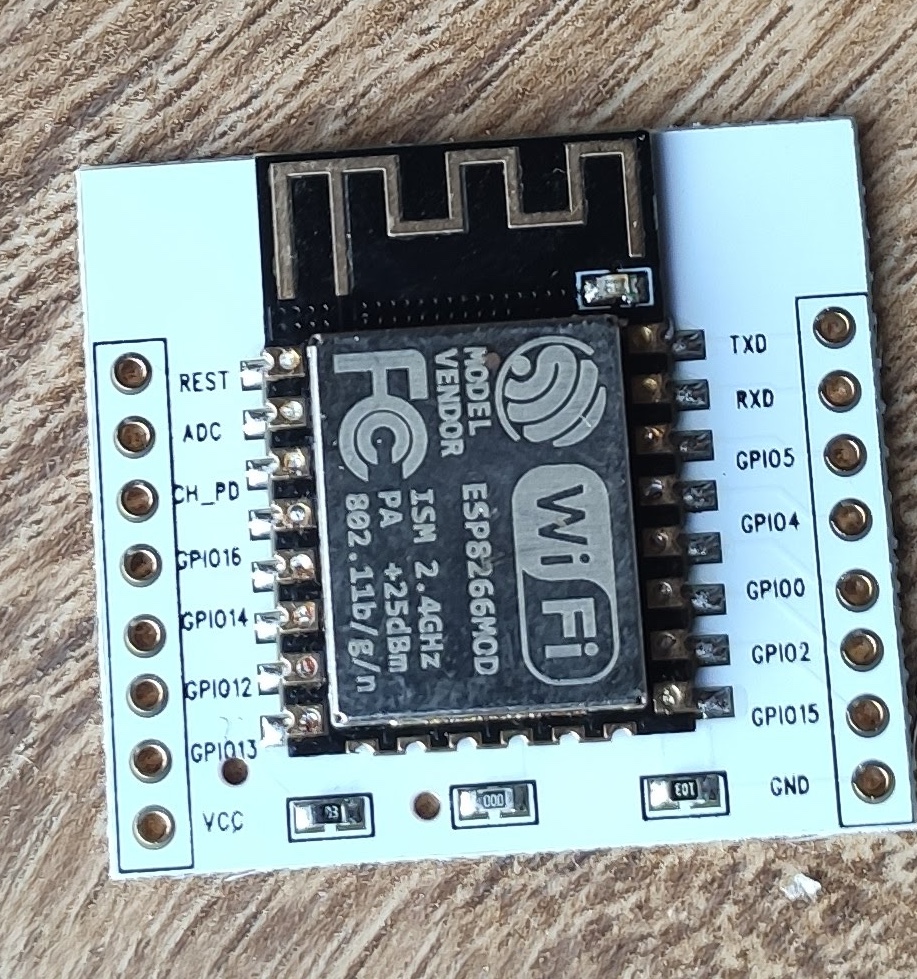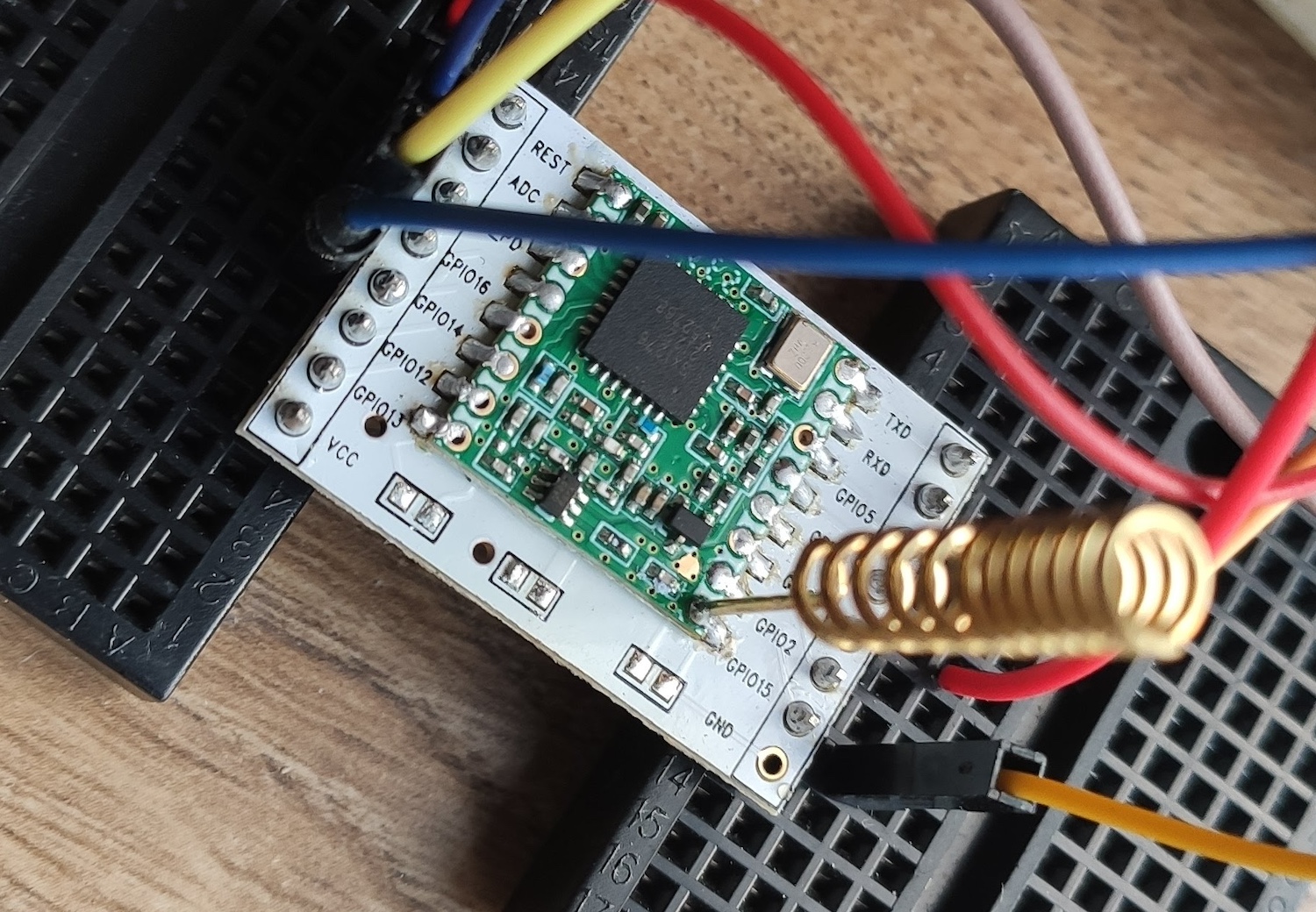LoRa is relatively new in IoT. (Actually, not that new, but it's taking time to percolate into the ecosphere.)
For those that don't know, LoRa stands for "Long Range."
We all know the problem of putting a great little sensor at the foot of our garden, then finding our WiFi is too weak. We've spent hours soldering the sensor to an ESP, installing a voltage regulator and resistors, writing the code, and incorporating everything into HA - only to find the WiFi just doesn't reach far enough.
And if we want the same sensor in the neighbour's garden 15 houses down the road, catching the data is just a pipe dream.
Long Range Data Transmission
This is where LoRa steps in. Not only does it transmit and receive over hundreds (even thousands) of meters, it's low power, and easily runs on a battery. You could read your temperature sensor from the other end of your farm, and if you have several LoRa boards, they can mesh together, extending their coverage further.
There are a few commercial dev boards available, starting around $20. If you're an Arduino jockey like me, you'll need two, to get them talking.
RFM98
I hesitated to fork out for two more dev boards that would gather dust, waiting for my next inspiration. So I bought the cheapest LoRa board I could find - the $5 RFM98.

When my tiny parcel arrived from China, I looked at the boards with trepidation; they were far too small for a breadboard, and soldered wires would be a spaghetti nightmare.
So I threw them in a box with my ESPs and forgot all about them.
ESP8266-12
Until last week, when I had a brainstorm. I had just desoldered an old ESP8266-12 from a broken device, when I noticed the board it was on.

I remembered the RFM98s and wondered if they would fit.
When I placed them on a spare board, I discovered they fit pefectly.

Of course, the pin numbers are wrong, and I had to remove the resistors, but the size and number of pins was identical.
Within half an hour I had two RFM98s soldered to boards, and hooked up to two Arduinos using dronebotworkshop's excellent guide. Everything was up and running in no time.
200 Meters with Ease
These little boards are about 2cm sq. and I was excited to test their coverage. At night, I put the receiver on my balcony with its tiny white LED. I marched off to the end of the street, about 200 meters distant, and repeatedly pressed the transmitter button. Amazed I was to see the LED instantly turn on and off.
My next attempt will involve a friend with a phone who can report from a much further distance.
I haven't thought of a project yet, but the potential is huge and as I discovered, you never know when old stuff will come in handy.